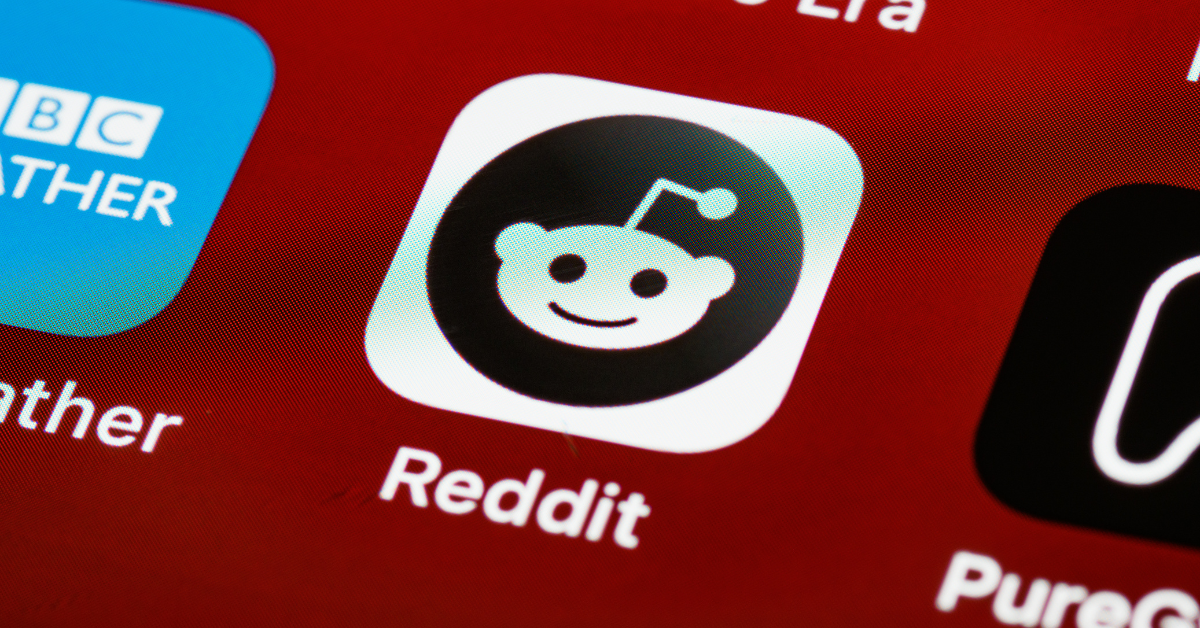Why Digital Marketing Is Essential for Canadian Small Businesses
Canadian small businesses are navigating a perfect storm of challenges: the lingering effects of the pandemic, rising interest rates, economic instability, and decreased consumer spending. For many, survival hinges on making every dollar count, and traditional marketing methods often fall short in today’s fast-paced, digital-first world.
This is where digital marketing steps in. It’s not just an option anymore—it’s a necessity. At Amber 90, we specialize in empowering small businesses to thrive in the digital age with strategies that drive measurable results.
The Digital Shift Is Non-Negotiable
The way consumers interact with businesses has fundamentally changed. Online research, social media, and e-commerce now dominate the customer journey, making digital presence essential for success.
Did you know that 65% of Canadians prefer online shopping? This stat underscores the importance of meeting customers where they are—online. Digital marketing offers small businesses cost-effective ways to reach their audience at the right time with the right message.
At Amber 90, we help businesses adapt to this digital shift with strategies tailored to their unique needs. Whether it’s creating a website, optimizing for search engines, or running online ads, we ensure every effort aligns with your business goals.
The Power of Social Media
Social media platforms like Facebook, Instagram, TikTok, and LinkedIn are more than just communication tools—they’re business growth engines. These platforms enable small businesses to:
- Build brand awareness.
- Engage directly with customers.
- Drive traffic and sales.
Canadian small businesses have achieved incredible success by leveraging social media. For example, local coffee shops and boutique stores have grown their customer bases and revenue through targeted social campaigns.
Amber 90’s social media expertise ensures your business maximizes these opportunities. From crafting engaging posts to running ad campaigns, we help you connect with your audience authentically.
Influencers and User-Generated Content
Influencers and user-generated content (UGC) are game-changers in the digital marketing world. By partnering with influencers who resonate with your target audience, small businesses can tap into pre-built communities of potential customers.
UGC, on the other hand, adds a layer of authenticity. When customers share genuine experiences with your brand, it builds trust and credibility.
Amber 90 specializes in influencer collaborations and UGC strategies that amplify your brand’s reach and reputation. We help you choose the right partners and create campaigns that resonate.
Content Is King
In the digital world, content remains king. High-quality content does more than attract attention—it establishes your business as an authority in your industry.
From blog posts and videos to podcasts and infographics, there are countless ways to connect with your audience. But consistency is key. Regularly publishing valuable, engaging content keeps your business top of mind and fosters customer loyalty.
Amber 90’s content marketing services ensure your message cuts through the noise. We craft strategies that highlight your expertise and drive meaningful engagement.
Conclusion: Embracing Digital Marketing Is the Path to Growth
For Canadian small businesses, embracing digital marketing is no longer optional—it’s essential for survival and growth. By leveraging social media, influencer collaborations, and high-quality content, you can navigate today’s challenges and position your business for long-term success.
At Amber 90, we’re passionate about helping small businesses thrive in the digital landscape. Let us guide you through the process, providing the tools and expertise needed to elevate your brand and grow your customer base.
Ready to transform your business? Contact Amber 90 today and take the first step toward digital success.










